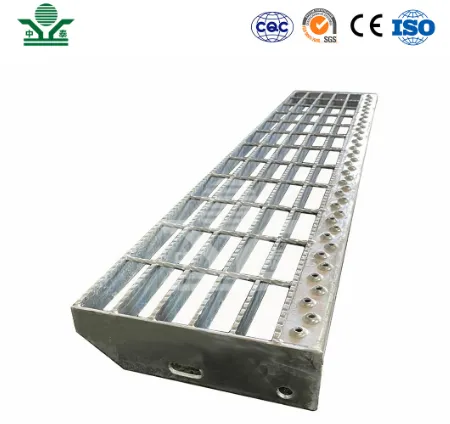The Sound Barrier of Doors An Exploration of Acoustic Innovations
The functionality of a door goes beyond mere aesthetics and security; one of its crucial roles is to control sound transmission between spaces. As urban environments continue to grow denser and multifaceted, the importance of sound insulation becomes increasingly significant. The concept of the sound barrier in relation to doors is a fascinating intersection of materials science, architecture, and acoustic engineering.
The Basics of Sound Barriers
At its core, a sound barrier is designed to impede the transmission of sound waves. This is particularly essential in environments such as offices, apartments, and even homes where noise can affect concentration, relaxation, and overall quality of life. Sound barriers can be constructed from various materials, but the effectiveness relies heavily on the properties of those materials—density, mass, and thickness all play pivotal roles.
Door Design and Sound Insulation
A door’s design is critical for sound control. Traditional hollow-core doors, commonly found in many residential areas, offer minimal sound insulation due to their lightweight structure. In contrast, solid-core doors, filled with dense materials, provide a much higher degree of sound insulation. When choosing a door for soundproofing, it’s essential to consider the STC (Sound Transmission Class) rating, which measures how effective a building element is at reducing sound transmission. A higher STC rating indicates better sound insulation.
Innovative Materials
Recent advancements in material science have led to the development of specialized acoustic doors that further enhance soundproofing capabilities. For example, doors can now be made with multiple layers of varied materials, each layer designed to absorb and reflect sound waves. Mass-loaded vinyl (MLV) is a popular option used within door construction that effectively adds weight without increasing bulk. Additionally, acoustic seals and gaskets around the perimeter of doors can significantly reduce sound leakage, enhancing the door’s performance against external noise.
door sound barrier

The Role of Door Frames and Installation
The soundproofing of doors is further impacted by their frames and installation methods. A well-sealed frame can prevent sound from traveling through gaps, a common oversight in noisy environments. Using caulking and weather stripping can help create tighter seals that keep sound at bay. Furthermore, ensuring that the door is properly hung is essential; even slight misalignments can create gaps that allow sound to penetrate.
Applications in Society
In various applications, from recording studios to medical facilities, the necessity for soundproof doors is evident. Recording studios require complete isolation from external noise to capture high-quality sound without interference, while hospitals often need privacy for patient care. Even in residential settings, home offices have become areas where sound control is paramount, allowing individuals to focus without distractions from outside noises.
Future Trends
As urban noise levels rise, the demand for advanced soundproofing technologies continues to grow. Innovations such as smart doors equipped with sensors to identify noise levels and adjust their properties dynamically may not be far off. Moreover, sustainability in material choice will likely play a crucial role in future door designs, combining sound insulation with eco-friendly practices.
Conclusion
The sound barrier created by doors has evolved into a critical aspect of modern architectural design and urban living. With a blend of innovative materials, strategic design, and thorough installation methods, soundproof doors can significantly enhance the quality of life by creating serene and peaceful environments. As we continue to navigate increasingly noisy urban landscapes, the importance of such barriers will only amplify, making it essential for architects, builders, and homeowners to prioritize sound insulation in their designs.
-
Why Galvanized Trench Cover Steel Grating Resists Corrosion
NewsJul.10,2025
-
The Versatility and Strength of Stainless Expanded Metal Mesh
NewsJul.10,2025
-
Load Calculations in Steel Grating Platforms
NewsJul.10,2025
-
Keeping Pets and Kids Safe with Chicken Wire Deck Railing
NewsJul.10,2025
-
Hole Diameter and Pitch for Round Perforated Metal Sheets
NewsJul.10,2025
-
Aluminium Diamond Mesh in Modern Architecture
NewsJul.10,2025
Subscribe now!
Stay up to date with the latest on Fry Steeland industry news.

